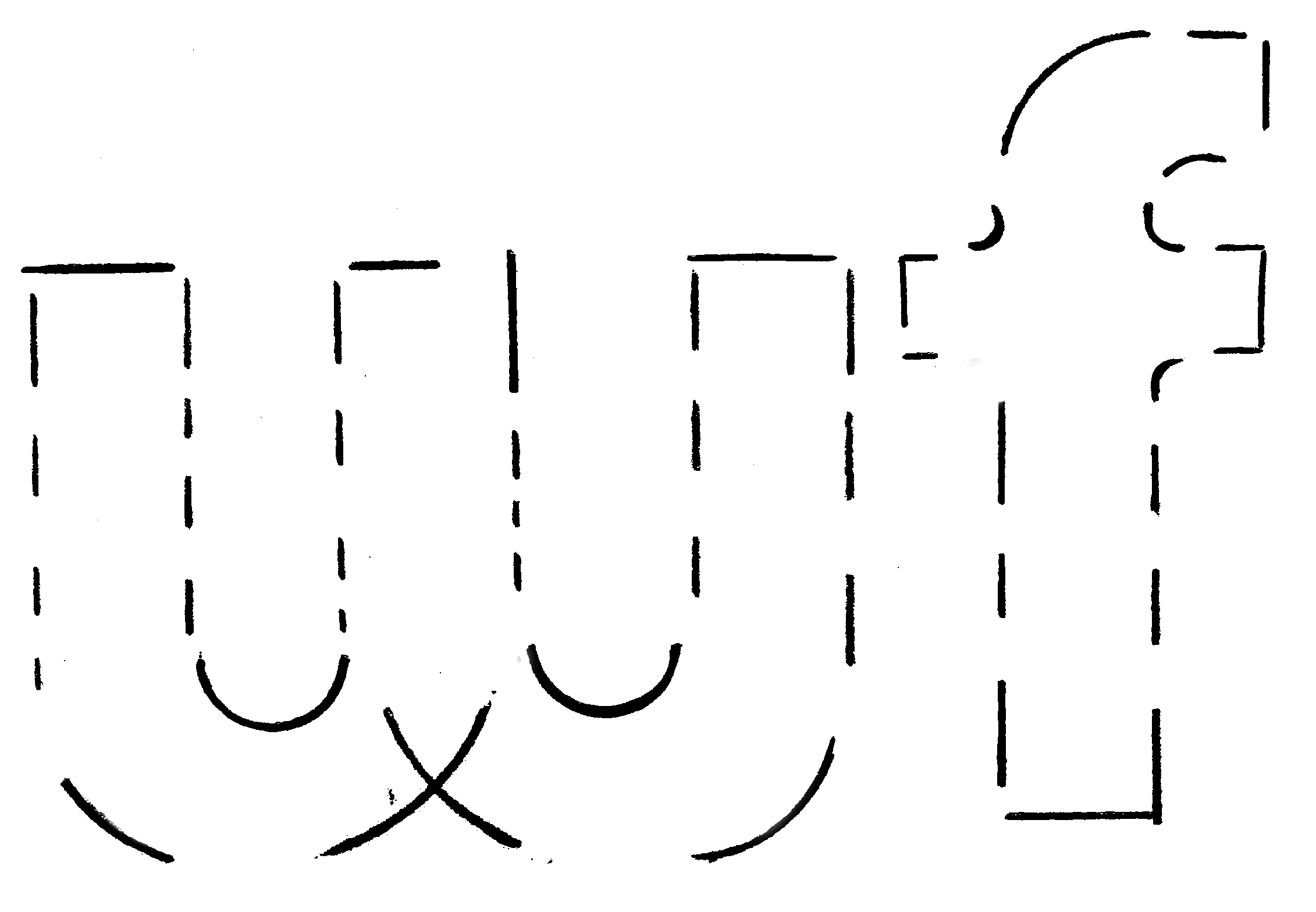Wishing on My Falsies
Jan 11 — Apr 5, 2025
Description:
Wishing on My Falsies was an exhibition that explored the mythmaking potential of playing dress-up through work by the collective A Maior and the multidisciplinary artist Katayoon Yousefbigloo. Inspired by the superstition of wishing on fallen eyelashes, the exhibition title reinterprets this ritual through a synthetic channel for desire, reflecting A Maior and Yousefbigloo’s interest in the aspirations and delusions that drive modes of self-fashioning.A Maior is a clothing and home goods store managed by artist Bruno Zhu and his family, which doubles as a collective and curatorial platform. For the exhibition, A Maior presented a pair of images from the lookbook series Fall/Winter (2023–24). Displayed as billboard-sized wallpapers, the work showcases grandmother Yu Yan performing the role of Model/Icon in an editorial cosmetics campaign, above a photograph of the inside of her fridge. Functioning as faux advertisements, the diptych offers contrasting scales of intimacy between persona and reality, glamour and banality, and the commercial and the domestic. Wrapping parallel walls, Fall/Winter engages visual techniques inspired by Renaissance painting to elongate the gallery, creating a disorienting spatial illusion that further emphasizes A Maior’s production of artifice.
Katayoon Yousefbigloo is a founding member of the artist collective Liquidation World and serves as the creative director of P.L.U.R.O.M.A. (Peace, Love, Unity, Respect, Oxygen, Music, Autonomy), an ongoing performance project that takes the form of a fashion label and seasonal DIY runway shows. Leading up to the third season of P.L.U.R.O.M.A., an anonymous person began tagging “sellout $cum” on the facade of Liquidation World’s retail/studio space—critiquing the institutional partnership with the Polygon Gallery to produce the event. In response, Yousefbigloo’s installation Kiosk (2025) appropriated this tag as part of her brand and staged a dramatic reimagining of this incident through the perspective of four characters—The Vandal, Security, The Pedestrian, and The Coworker—who were each played by Yousefbigloo in a five-minute video that mimicked surveillance footage. The characters’ costumes and props, as well as distorted sound captured from the video footage, were gathered as fictional evidence and displayed on a horseshoe-shaped structure designed to resemble a mall kiosk. In developing this installation, Yousefbigloo also shopped Western Front’s archive for iconic designs to bootleg. “The Hand of the Spirit” and “FETISH” motifs from the 1970s, along with a signed letter from British avant-garde group Throbbing Gristle, were copied and altered across shirts, socks, and , reflecting a lineage of performance practices at Western Front that engage fashion, branding, and persona.
Together, the works spatially and materially toyed with the thresholds of authenticity, subverting and spoofing signifiers of glamour, luxury, labour, and class to consider how an identity is styled. In a blend of the imagined and the everyday, the artists appropriated commercial language as a world-building vocabulary, constructing characters that revealed their own fiction.
A sound performance by Yousefbigloo took place during the opening reception, and a blowout sale featuring works from Kiosk was presented in partnership with Liquidation World to celebrate the closing day of the exhibition.
In February 2025, Western Front hosted artist Bruno Zhu of A Maior for a residency in which he led a series of workshops with local writers towards the development of the sequel novella to Retail Vérité (2023).
Curated by Kiel Torres.
Presented with support from the Audain Foundation.
Documents:
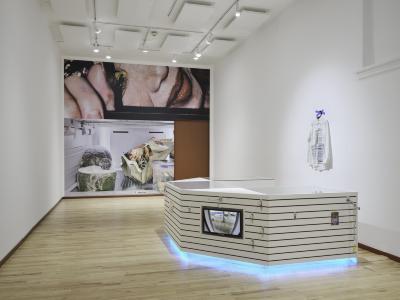
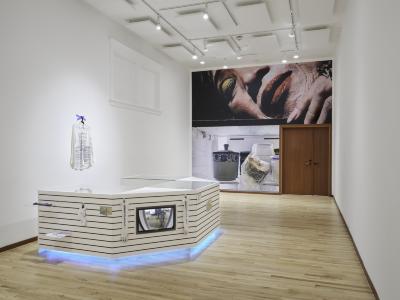
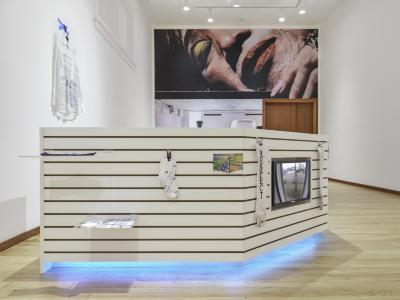
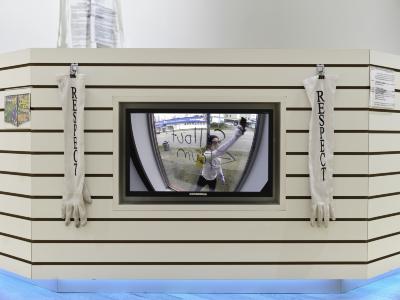
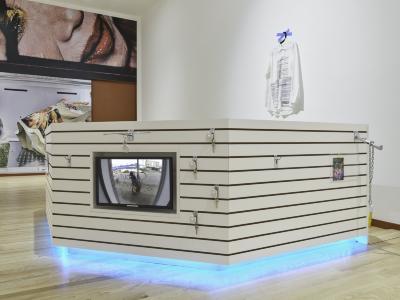
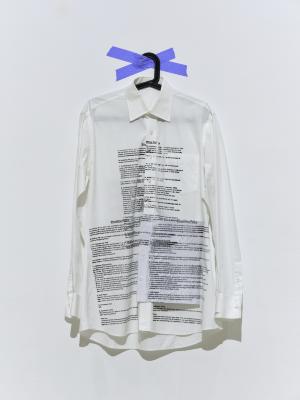
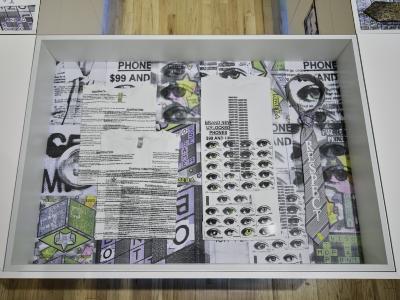
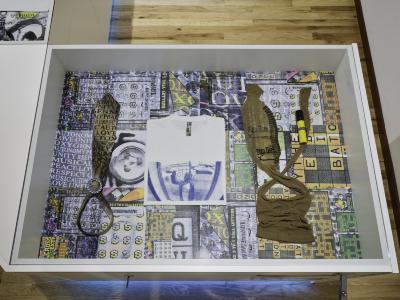
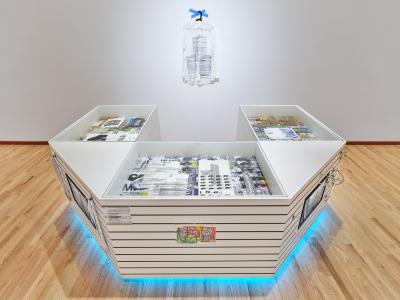
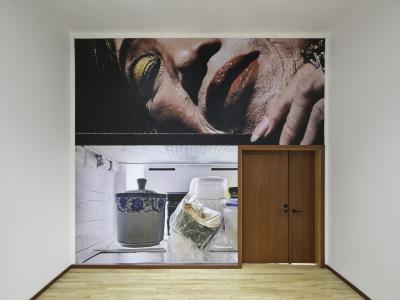
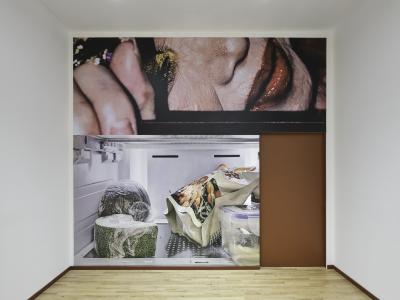
Related People
Related Events
Captions:
- Wishing on My Falsies, installation view, Jan 11 – Apr 5, 2025. Photo by Dennis Ha.
- Wishing on My Falsies, installation view, Jan 11 – Apr 5, 2025. Photo by Dennis Ha.
- Wishing on My Falsies, installation view, Jan 11 – Apr 5, 2025. Photo by Dennis Ha.
- Katayoon Yousefbigloo, Kiosk (2025), detail. Photo by Dennis Ha.
- Wishing on My Falsies, installation view, Jan 11 – Apr 5, 2025. Photo by Dennis Ha.
- Katayoon Yousefbigloo, Kiosk (2025), detail. Photo by Dennis Ha.
- Katayoon Yousefbigloo, Kiosk (2025), detail. Photo by Dennis Ha.
- Katayoon Yousefbigloo, Kiosk (2025), detail. Photo by Dennis Ha.
- Katayoon Yousefbigloo, Kiosk (2025). Photo by Dennis Ha.
- A Maior, Fall/Winter (2023–24). Photo by Dennis Ha.
- A Maior, Fall/Winter (2023–24). Photo by Dennis Ha.
